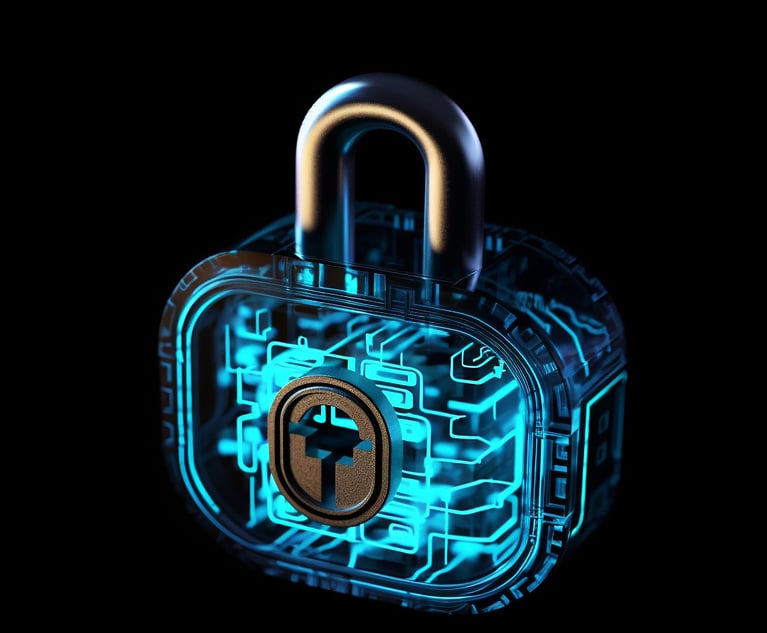The National Institute of Standards and Technology (NIST) Cybersecurity Framework was created to provide a structured approach to managing cybersecurity risks and improving overall security measures. It serves as a guide for organizations to identify, protect, detect, respond to, and recover from cyberthreats effectively. The NIST recently unveiled the much-anticipated version 2.0 of its landmark Cybersecurity Framework. This update, as detailed in the NIST’s announcement, is designed to be more inclusive, extending its applicability across all sectors and industries, thereby reinforcing the importance of cybersecurity in the modern digital age. The expansion and refinement of the framework underscore the growing recognition of cybersecurity as a critical component of organizational integrity, regardless of the industry. This article explores the implications of the NIST Cybersecurity Framework 2.0 for organizations and elucidates why third-party cyber audits are instrumental in ensuring compliance and enhancing cybersecurity posture.
Understanding NIST Cybersecurity Framework 2.0
The NIST Cybersecurity Framework 2.0 is designed to be universally applicable, extending its reach beyond critical infrastructure sectors to encompass all industries. This inclusive approach is a response to the universal challenge of cybersecurity threats, which do not discriminate by sector. The framework’s expanded applicability means that organizations across various sectors, including those not traditionally considered part of critical infrastructure, such as education and retail, are now encouraged to adopt its guidelines to bolster their cybersecurity defenses.


